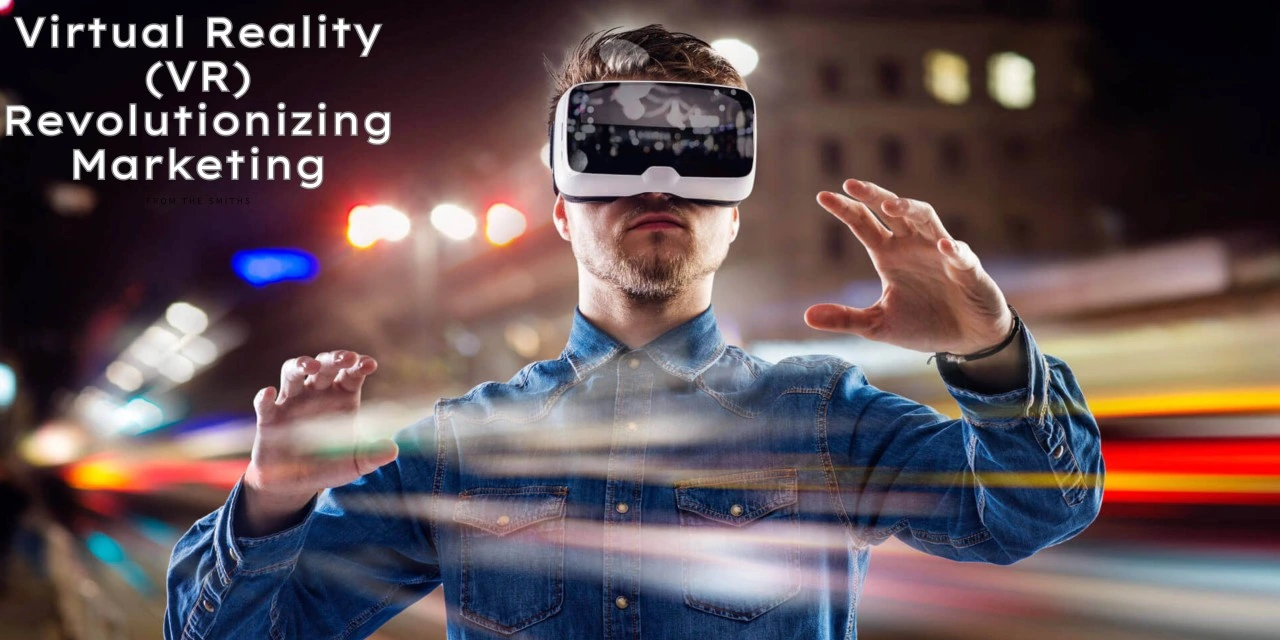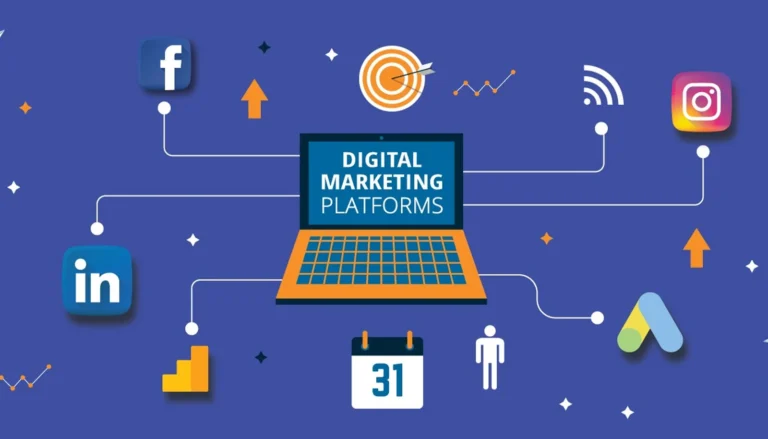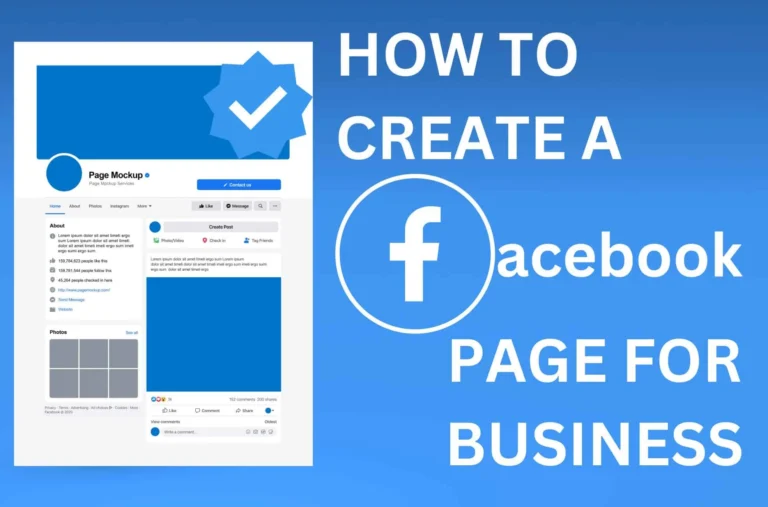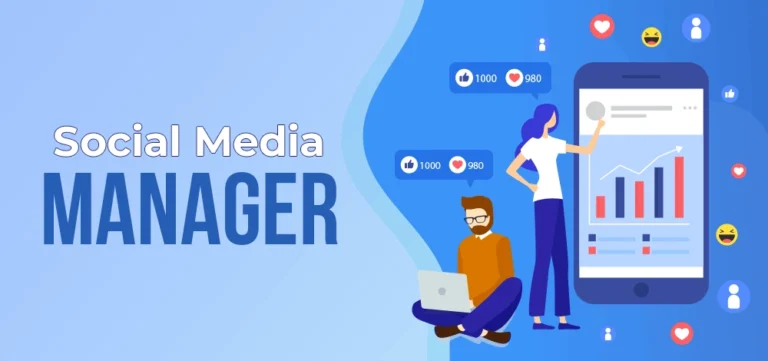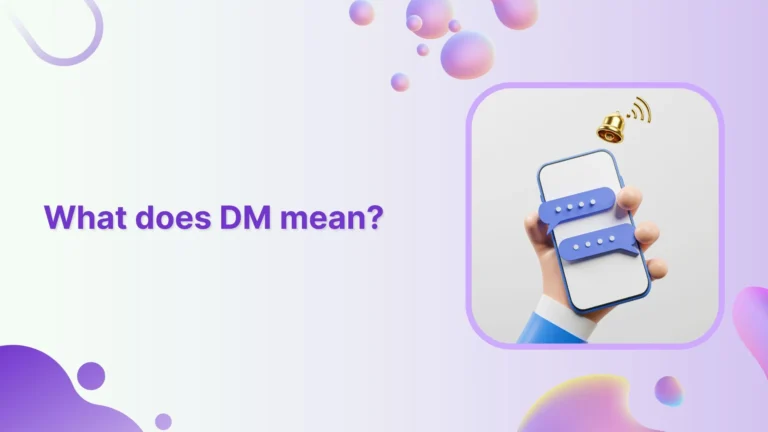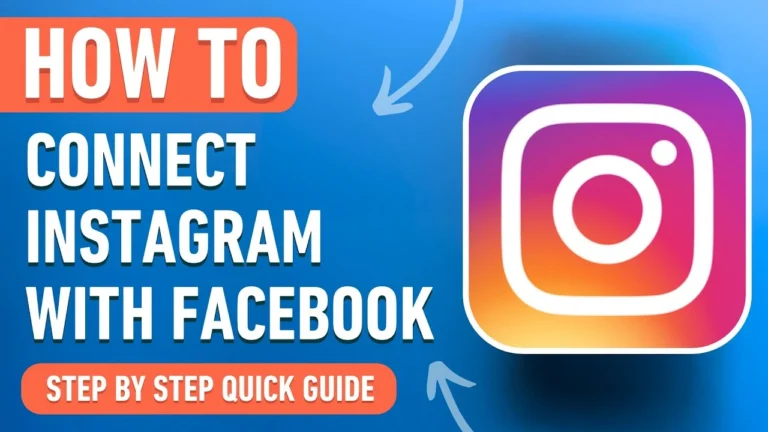VR Marketing: Trends, Challenges, and the Future of Virtual Product Demos in 2025
VR Marketing is transforming brands’ connection with their audiences, offering an immersive layer to customer engagement that traditional marketing campaigns can’t match.
Today, the marketing world is more interactive, more personal, and more memorable — thanks to the rise of Virtual Reality.
VR marketing is quickly moving from “experimental” to “essential.”
Big brands and startups are realizing that in today’s competitive digital world, creating an experience outperforms just delivering a message.
In the VR marketing, users don’t. see the product ads rather they experience the product through virtual reality.
For example, instead of watching an ad for a new car, a user can feel to sit inside the car, adjust the seats, and take it for a virtual tour through a simulated long drive.
It is the power of VR marketing, and it is reshaping the customer product trial experience before making actual product buying decision.
Trends of VR Marketing:
Following are notable benefits of virtual reality marketing:
1. Personalized User Experiences
VR offers a customized level of user experience that feels amazing. In the VR environment the user feels that he is entering a VR showroom that has been completely tailored according to his desire and style.
In the real life example, Nike’s virtual sneaker customization platform allows their shoppers to design dream shoes in 3D, changing shows colors, materials, and patterns in real time.
AI-driven algorithms further refine the VR environment, showing suggestions based on the shopper’s taste.
A Deloitte survey revealed that about 80% of the consumers are more likely to purchase from brands that offer personalized experiences.
VR takes personalization beyond “recommended products” — it creates an entire custom world for the customer.
2. Social VR Spaces for Brand Engagement
Social media is gradually evolving into social VR. Instead of passive scrolling, users can now share virtual spaces to attend concerts,meetings, explore brand experiences, or join product launches in real time.
Brands offering VR fashion show in the metaverse can attract over millions of viewers, many of them can later purchase exclusive digital and physical products.
This type of community-based marketing makes customers feel like they’re part of an exclusive club.
3. VR Shopping and E-Commerce Integration
E-commerce is no longer limited to simple product images and videos. With VR shopping, customers can:
- Try new readymade clothes virtually.
- Visualize how furniture fits and looks in their homes.
- Test electronics appliances functionality in a simulated environment.
Top ecommerce business reports that VR-powered visualization can increase conversion rates by up to 40% compared to the standard online product pages.
4. VR Training & Educational Campaigns
Some of the most innovative VR marketing campaigns blur the lines between education and promotion.
For example, a CAR company offering VR test drives to their users not only show the product but also teach the customers about its safety features.
Healthcare brands can use VR to train their medical staff and also positioning themselves as thought leaders in patient care innovation.
2. Challenges of VR Marketing
Although VR marketing is powerful, still it faces many challenges. Following are some main challenges
High Production Costs – A high-quality VR experience requires a professional 3D modeling, programming, and sound design. The Projects can range from $5,000 to $50,000+, depending on complexity.
Hardware Limitations – every consumer cannot own a VR headset, although mobile VR solutions are emerging however audience reach can still be very limited due to VR hardware unavailability to the masses.
User Comfort Issues – Motion sickness can affects the first-time VR users, so designing smooth, user-friendly experiences is key challenge.
Analytics and ROI Tracking – Calculating engagement in VR environment is more complex than tracking clicks or views on the web. Brands must invest in specialized analytics tools to understand user behavior through their VR experience.
Keeping in view the above challenges, during the startup, VR testing can be started at a limited scale, such as 360° videos or interactive 3D product demos, after analyzing the initial VR marketing results, VR can be deployed at full scale.
3. Virtual Product Demos: The Future of Sales
The VR marketing feature that is creating win-win for both customers and brands is the virtual product demos.
Instead of reading and understanding the lengthy product specifications or watching videos, customers can experience the product through virtual product demos:
- A car deal can offer virtual test drives to their clients.
- A travel agency can provide virtual tours of resorts before booking.
- A home appliances brand can let the users operate a virtual washing machine.
Virtual product demos don’t just inform customers about the product; they create an emotional connection. When people can imagine themselves using a product, people are more likely to buy that product.
4. Why is VR So Popular?
VR’s popularity is due to a combination of emotional, technological, and practical benefits:
Some main reasons behind the VR popularity are as below:
Engaging Customer Narrative – VR allows brands to get the customer narrative, making their experiences more memorable and emotionally impactful.
Better Decision-Making – Looking and using a product in VR increases the user confidence in the purchase decisions, reducing product returns and customer dissatisfaction.
Innovative Factor – VR experiences stand out in a crowded advertisement world. People like to share their VR experiences over the social media. It provides the brands a free word-of-mouth promotion.
Competitive Advantage – Early adopters’ business brands gain a perception of innovation in the industry, attracting forward-thinking and brand conscious customers.
Conclusion
VR Marketing is not a futuristic story; it is an essential tool for the innovative business brands.
By adopting the VR marketing trends, , businesses can create marketing campaigns that are not only seen but also experienced by their potential customers.
And this is the reason why VR is so popular; it delivers unforgettable user interactions that can transform casual browsing users into the loyal business customers.
With the time as VR technology becomes more accessible to the masses, the brands which will adopt it now will lead the customer engagement for the years to come.
FAQs
1. What is VR Marketing?
It is a strategy where brand use a VR technology to offer an immersive user experience for their products.
2. How does VR marketing work?
It works on the basis of a 3D virtual environment where customers can virtually experience products by using their mobile devices, VR headsets, or computers.
3. What are the benefits of VR marketing for businesses?
Some key benefits include:
- Stronger brand recall.
- Higher engagement rates.
- Competitive market differentiation.
- Increased customer confidence in purchases.
4. Is VR marketing expensive?
It depends upon the complexity of the VR environment. Simple 360 degree videos can cost a few thousand dollars, whereas a full interactive VR environment may range from $20,000 to $50,000+.
5. Why is VR popular in marketing?
It is popular because it offers an immersive and interactive user experience that traditional marketing can’t offer. It helps to improve conversion rate.
6. Can small businesses use VR marketing?
Yes, Small businesses can start with affordable options from small scale; like 360-degree product videos, interactive 3D product models, or mobile-based VR experiences.

